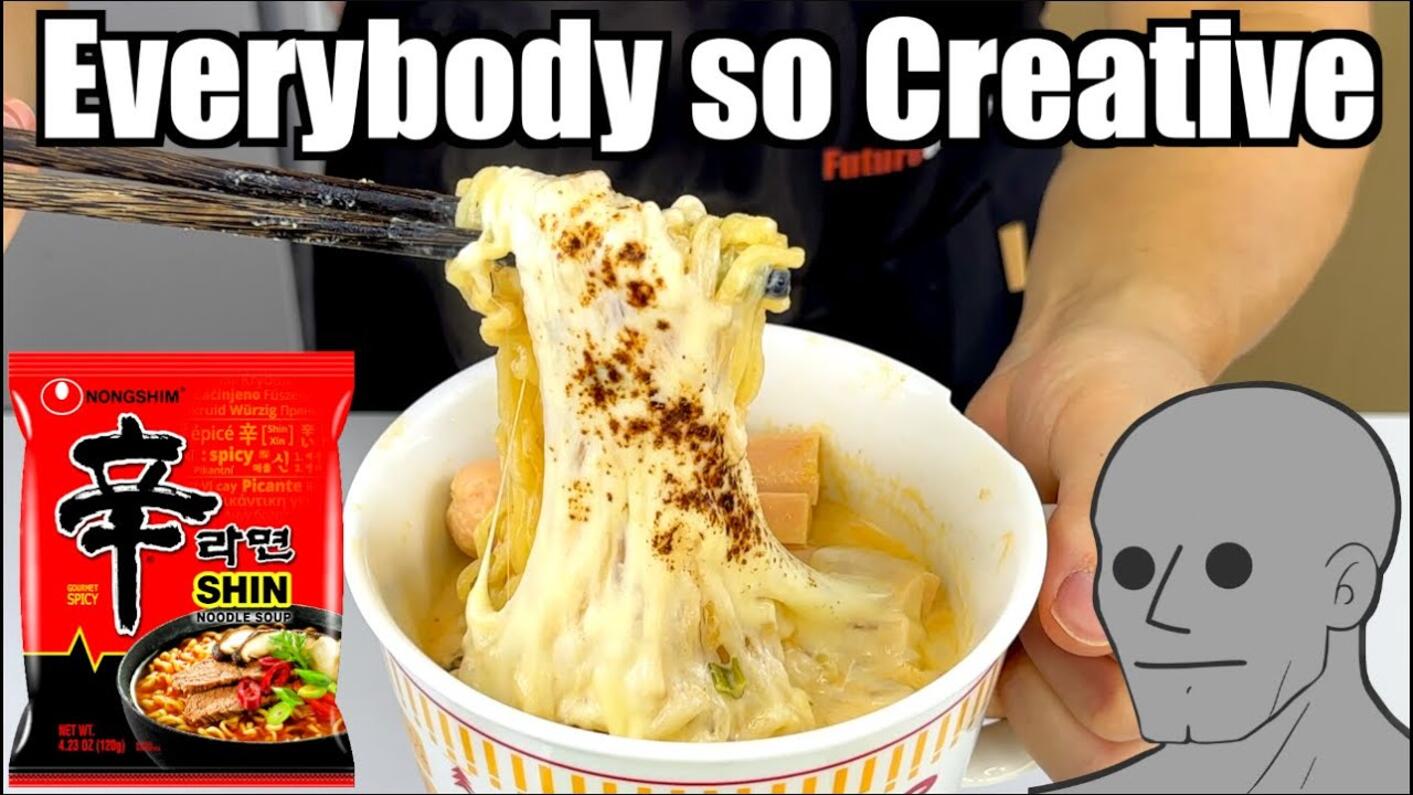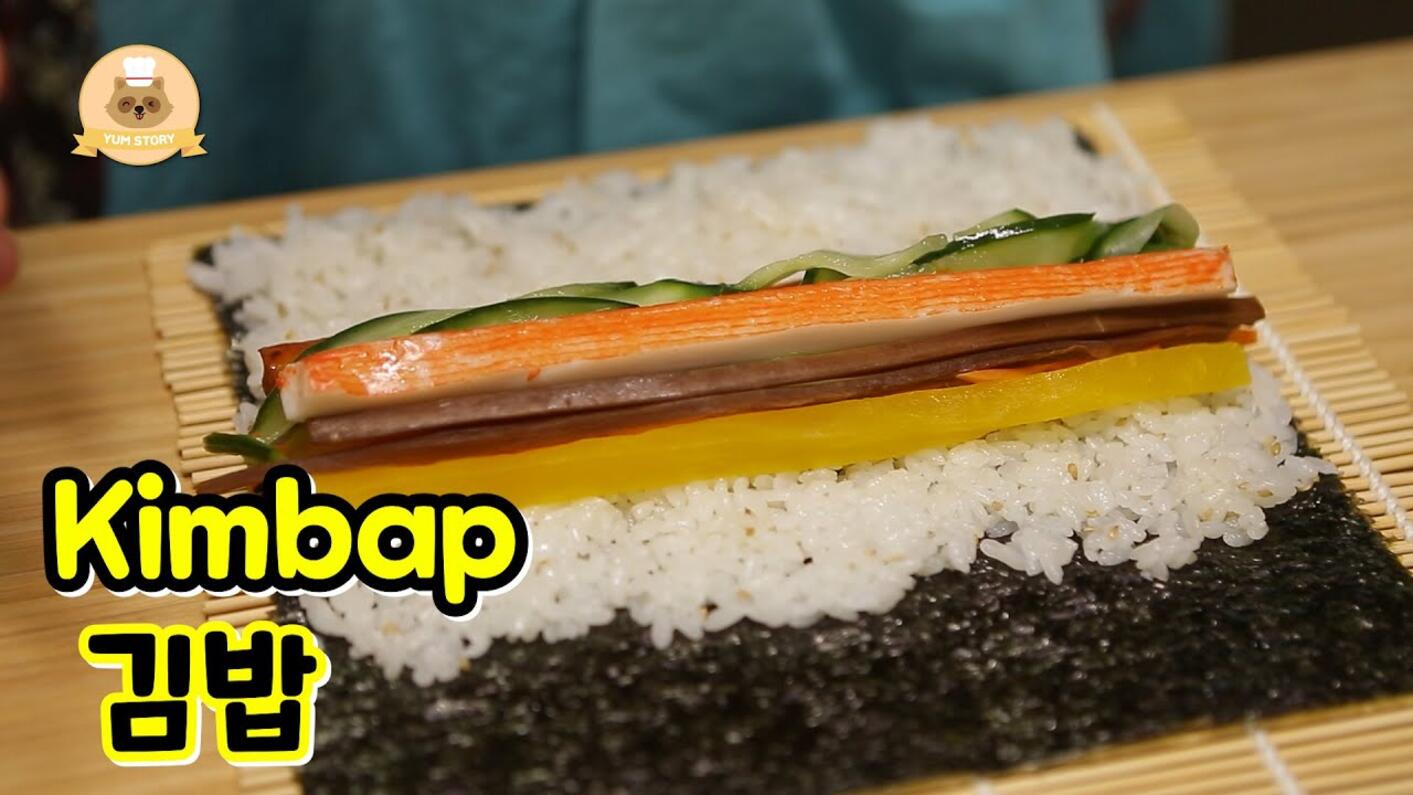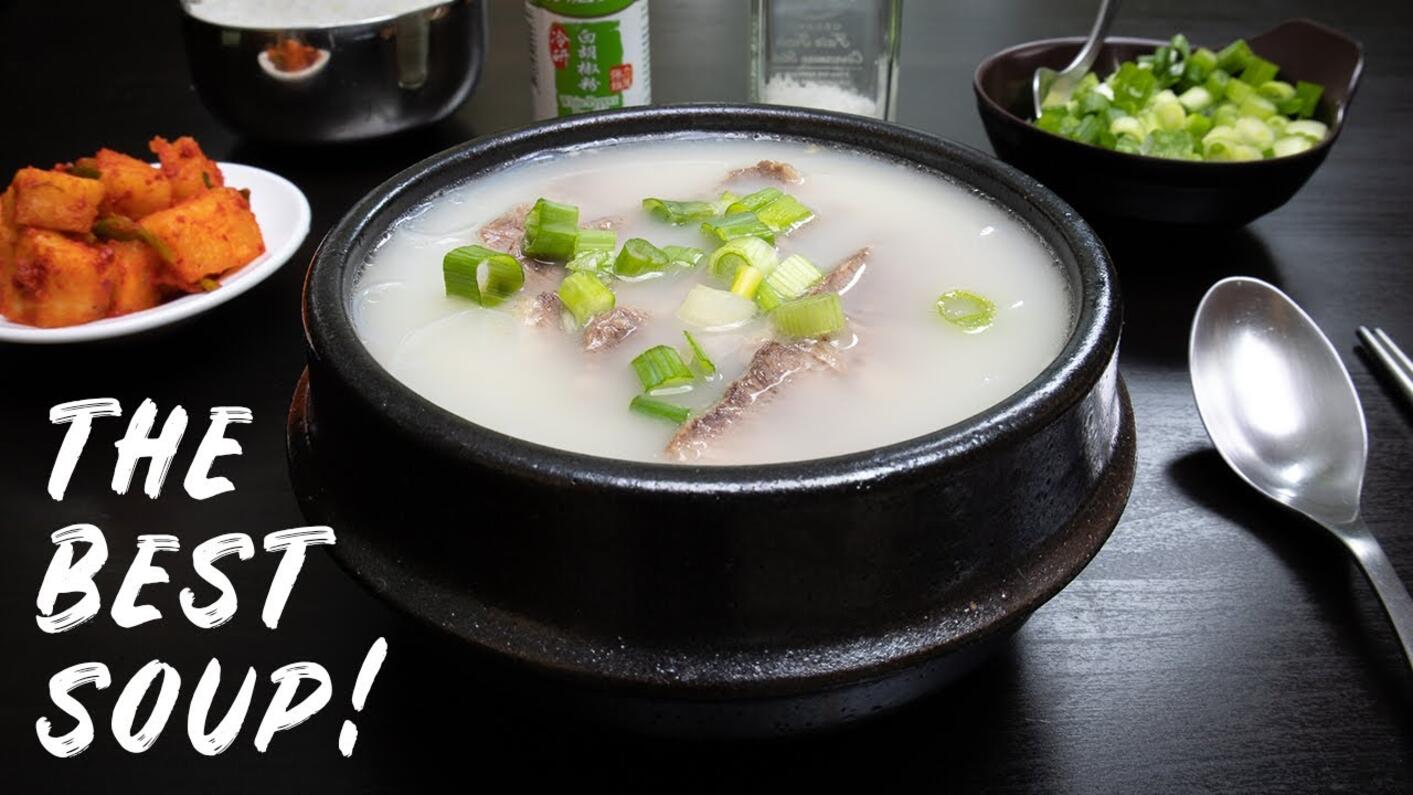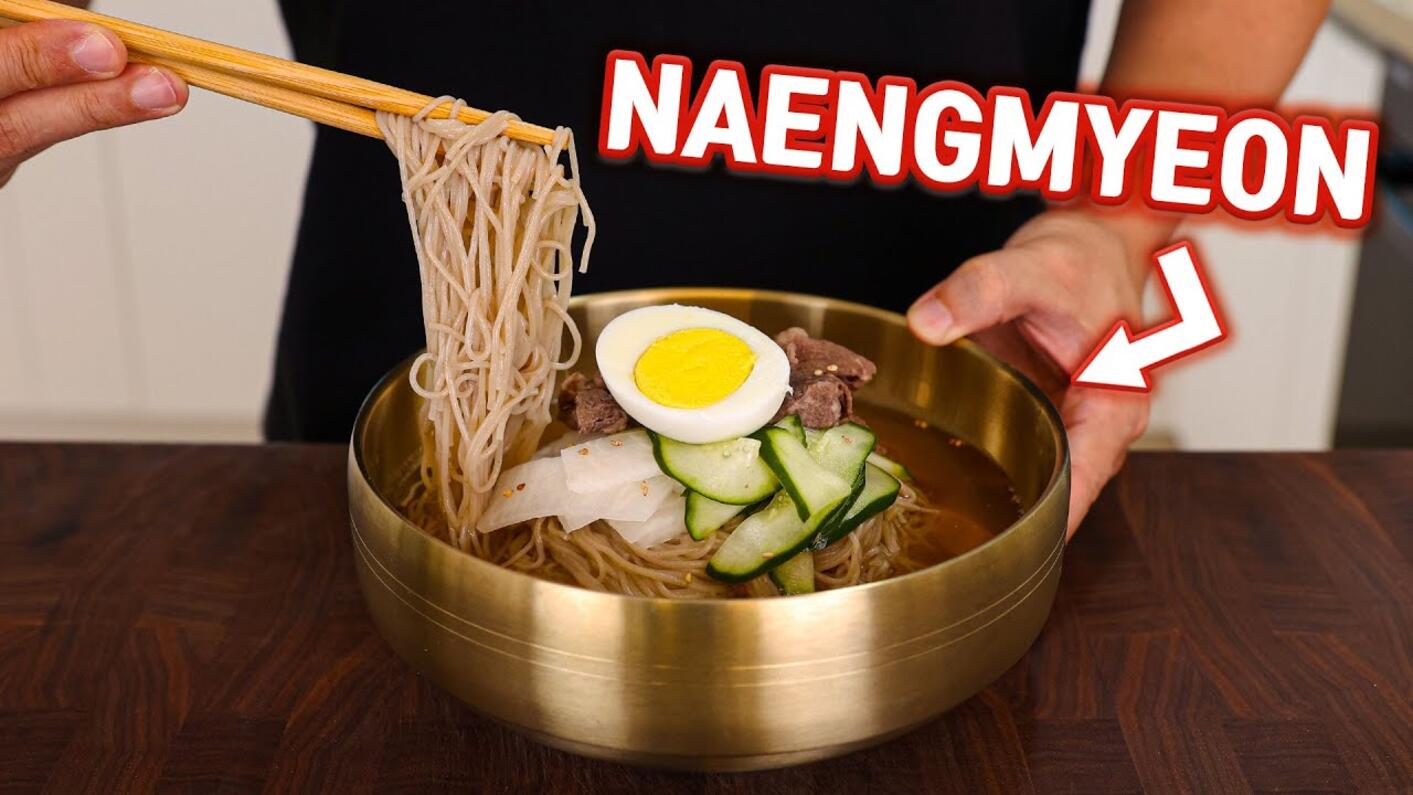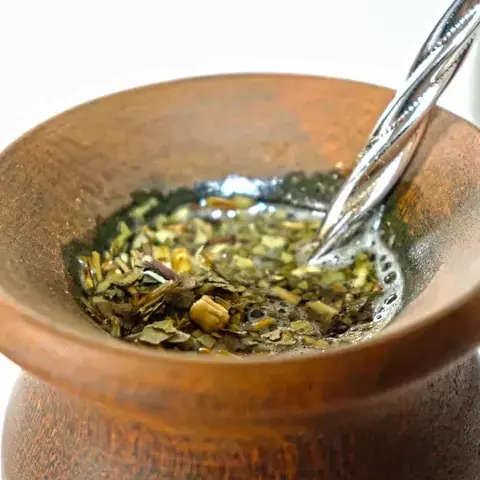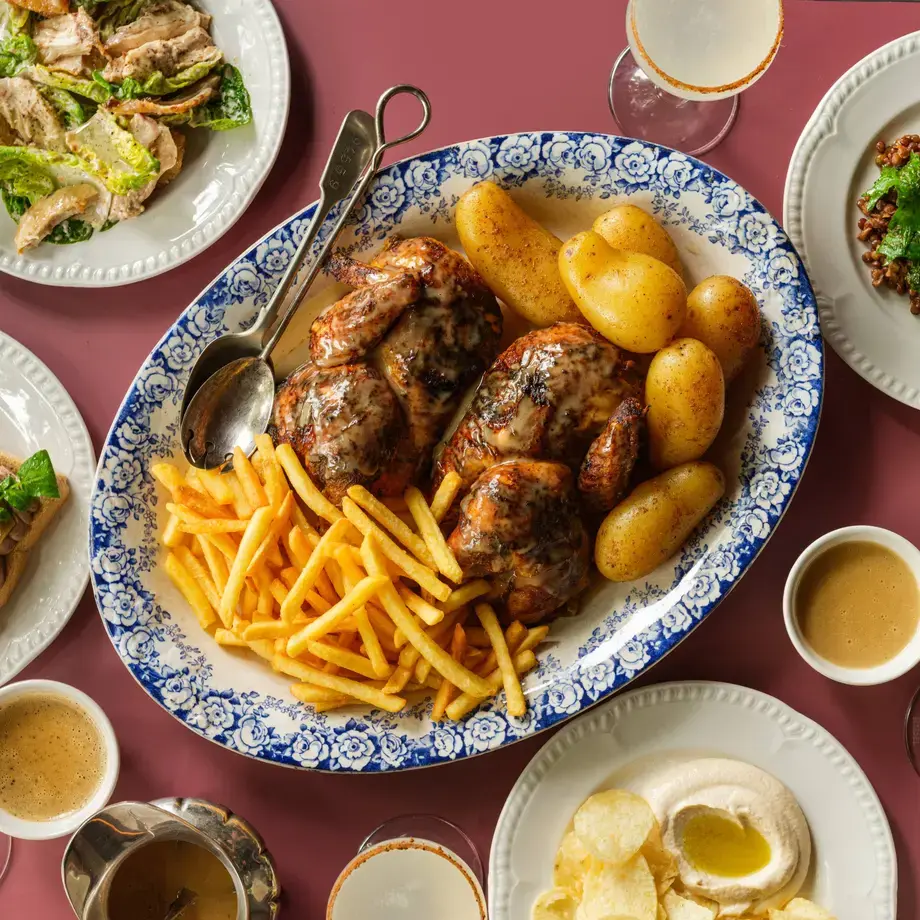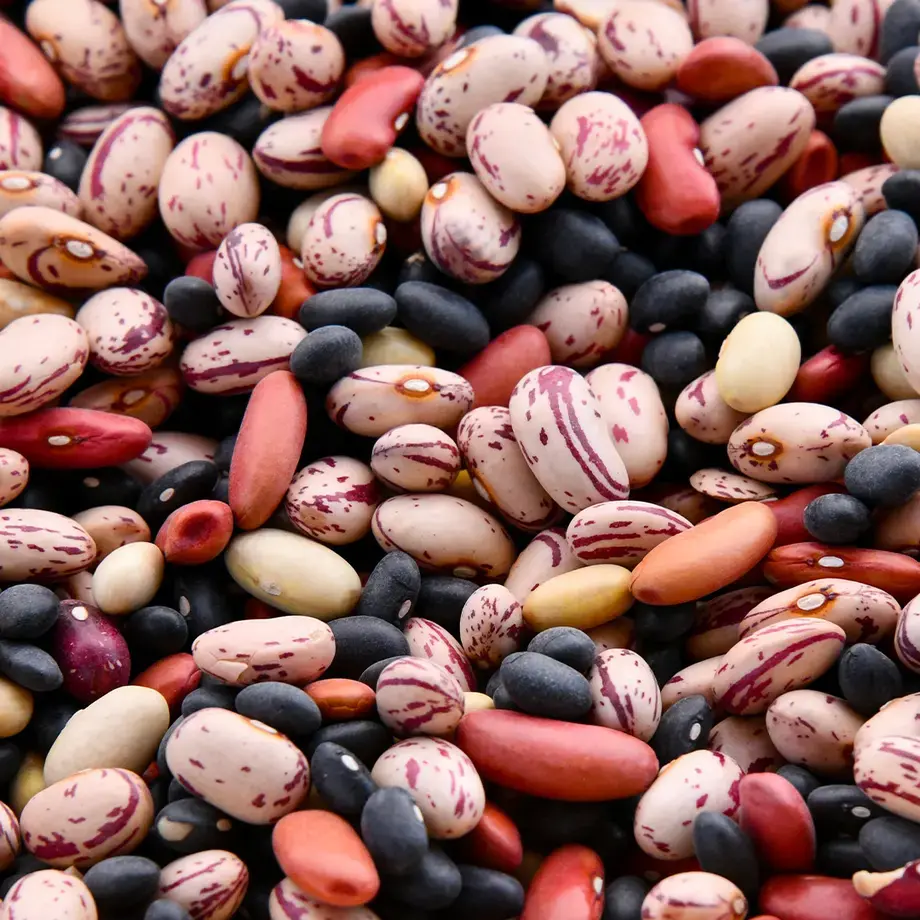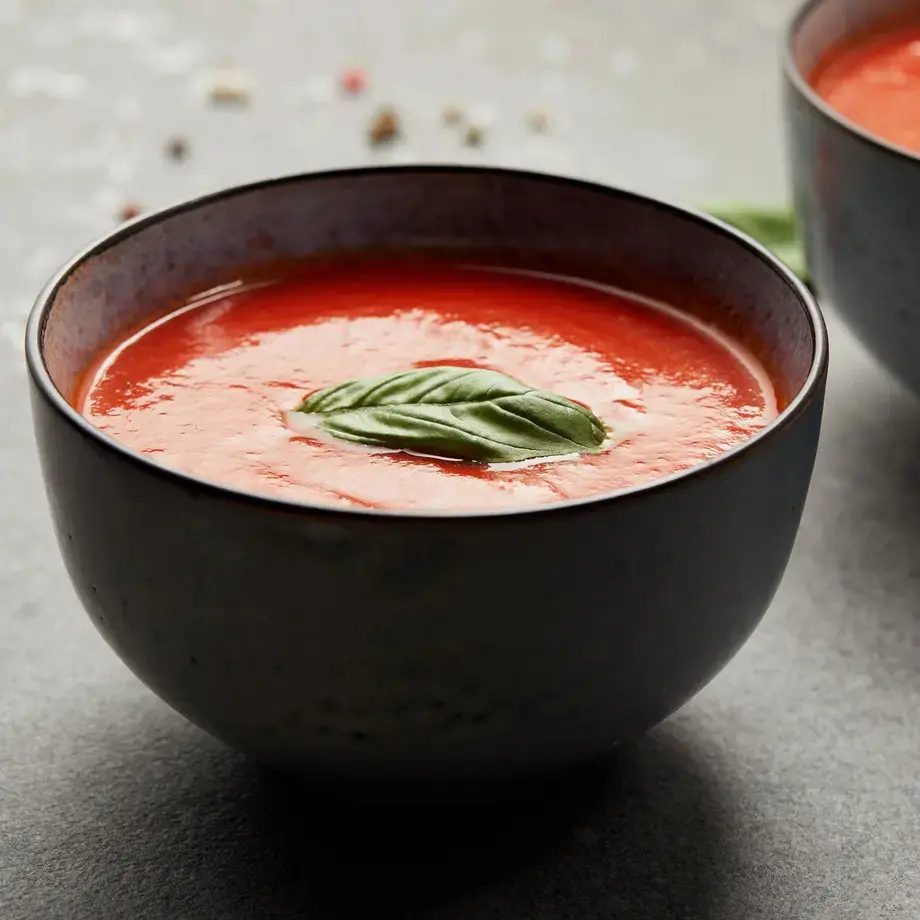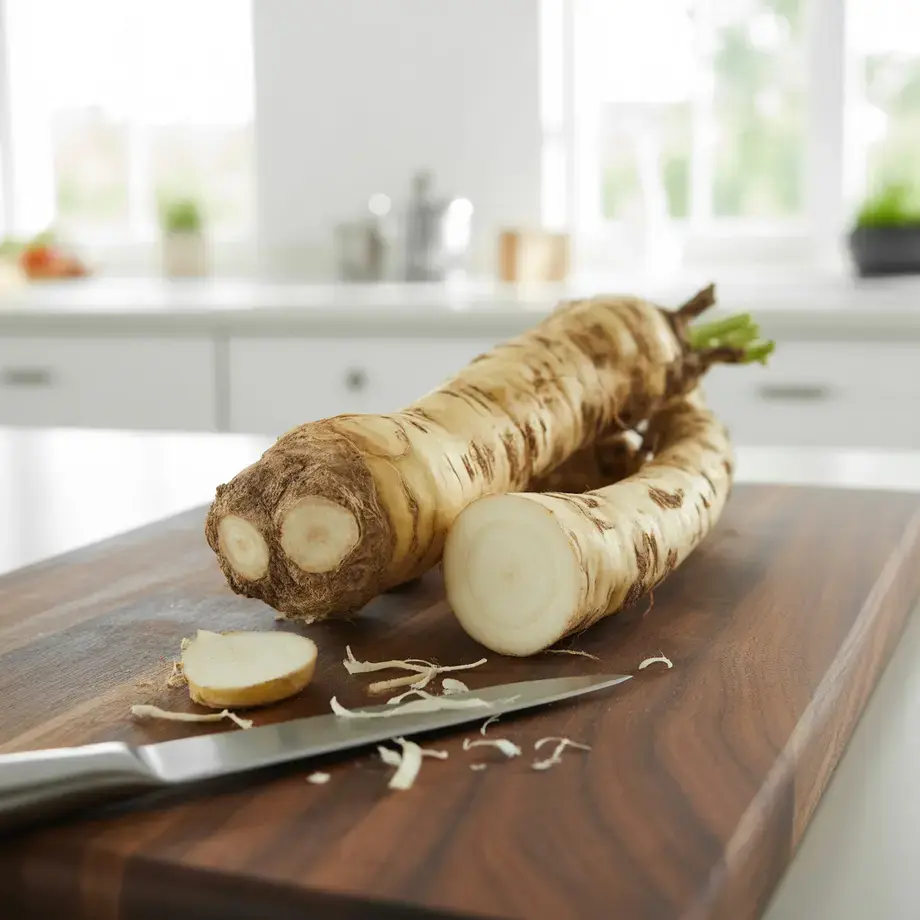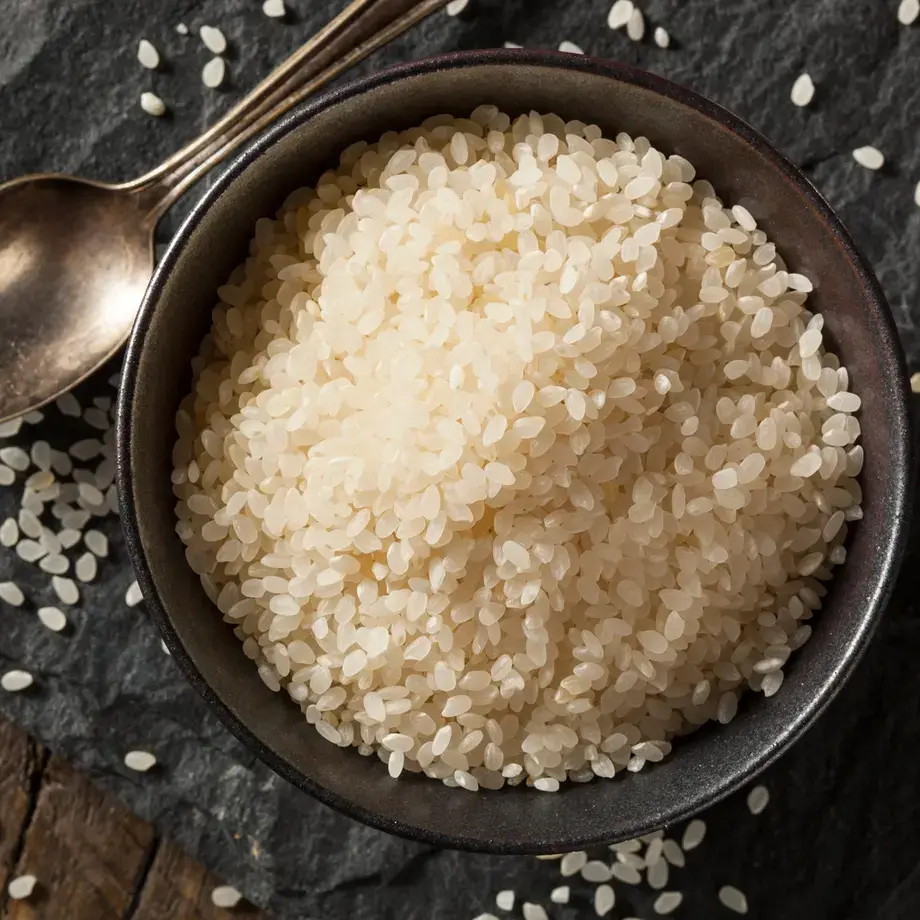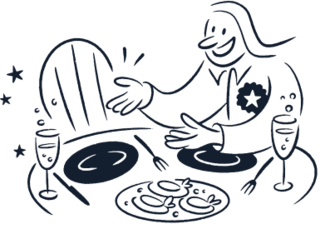No kimchi, please
In KPop Demon Hunters, visual details related to food have been reproduced with great care. From the shine of sesame oil on kimbap rolls to the bright green of fresh spring onions in hot soups, the food is reproduced with surprising realism.
The various Korean specialities in the film were deliberately chosen by directors and screenwriters Maggie Kang and Chris Appelhans, who preferred to highlight lesser-known foods to international audiences rather than the famous kimchi. The spicy Korean fermented cabbage, now globally famous, is considered by Kang to be a culinary cliché that does not reflect the gastronomic richness of the Land of the Morning Calm.
Discover the Korean specialities that Huntr/x eat in the Korean animated film that is all the rage on Netflix, perfect for your K-food evenings and for... fighting demons!
Ramyeon
In one of the film’s first scenes, aboard a plane, the Huntr/x prepare for a concert with a delicious ritual: a bowl of ramyeon. These instant noodles are the ultimate Korean comfort food, a quick and spicy version of Japanese ramen. In fact, the term ‘ramyeon’ is simply the Korean pronunciation of the Japanese word ‘ramen.’ Compared to the famous Japanese ramen, ramyeon stands out for its stronger flavours and super-fast preparation. Sold in sachets or cups, this dish is ready in just three minutes. Perhaps this is why it is so loved by students... and the stars of K-pop movies.
What are its characteristics? Dry, wavy noodles, dehydrated vegetables and a packet of freeze-dried broth. Just add boiling water for a quick and tasty meal. There are many variations, which can be enjoyed with the addition of extra ingredients such as an egg or fresh spring onion. The most famous is Shin Ramyun, with a spicy beef-based broth. But there are also versions with kimchi, chicken, etc. Intrigued? Watch the video below and prepare it like a true Korean.



